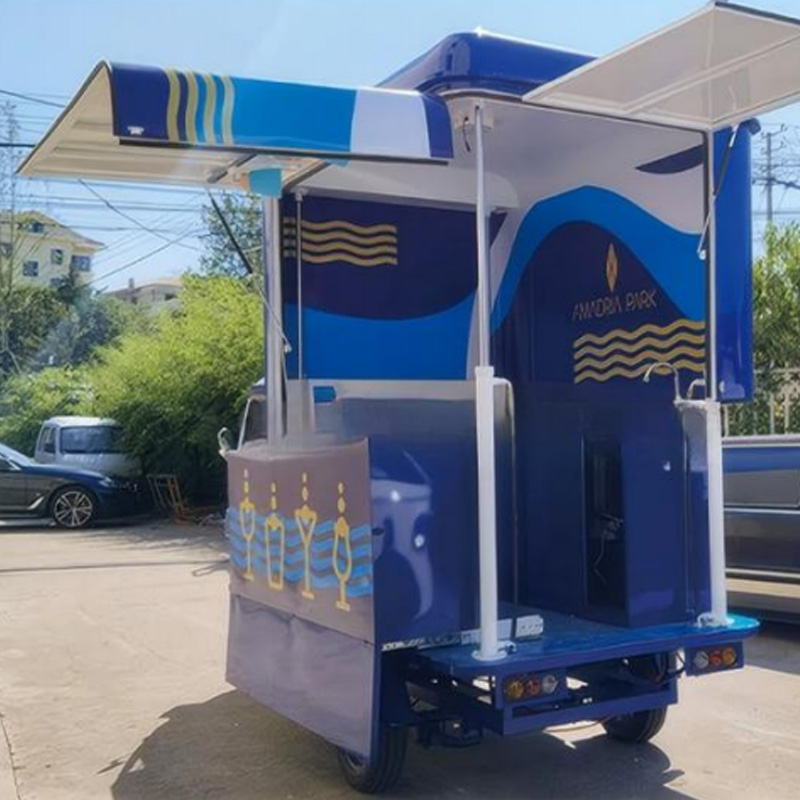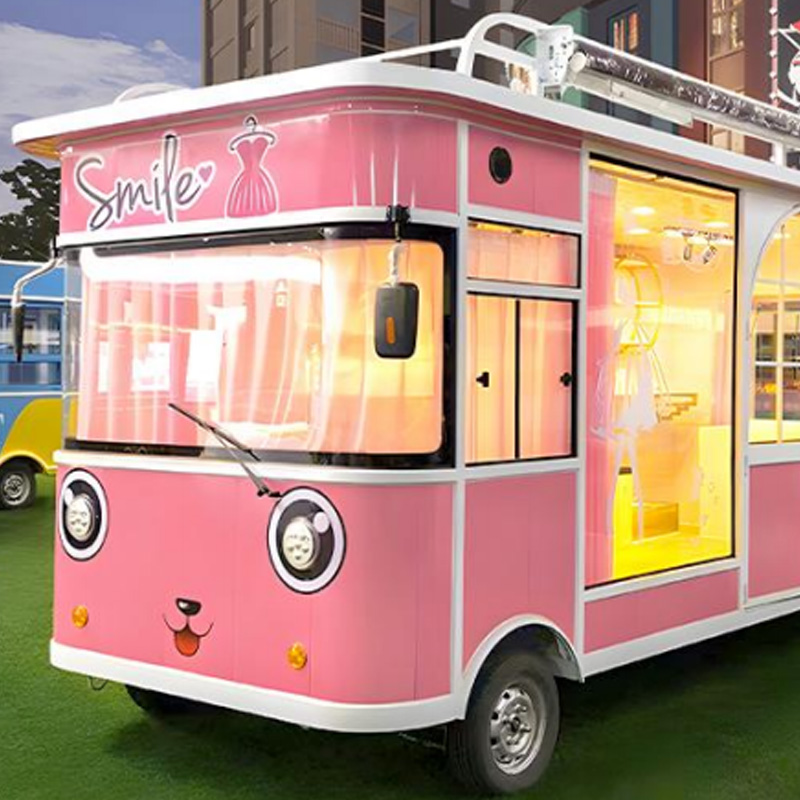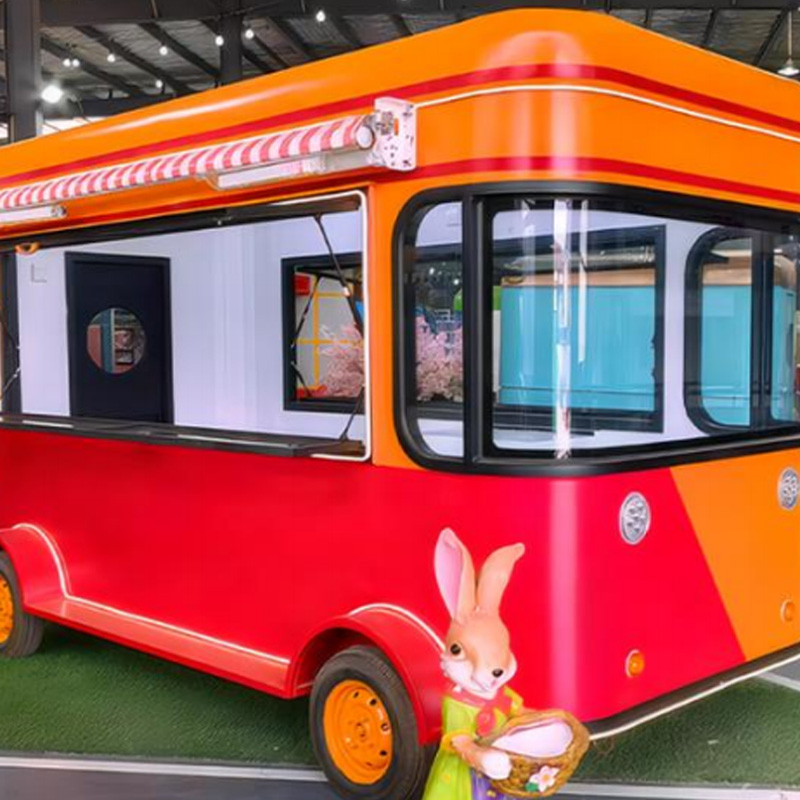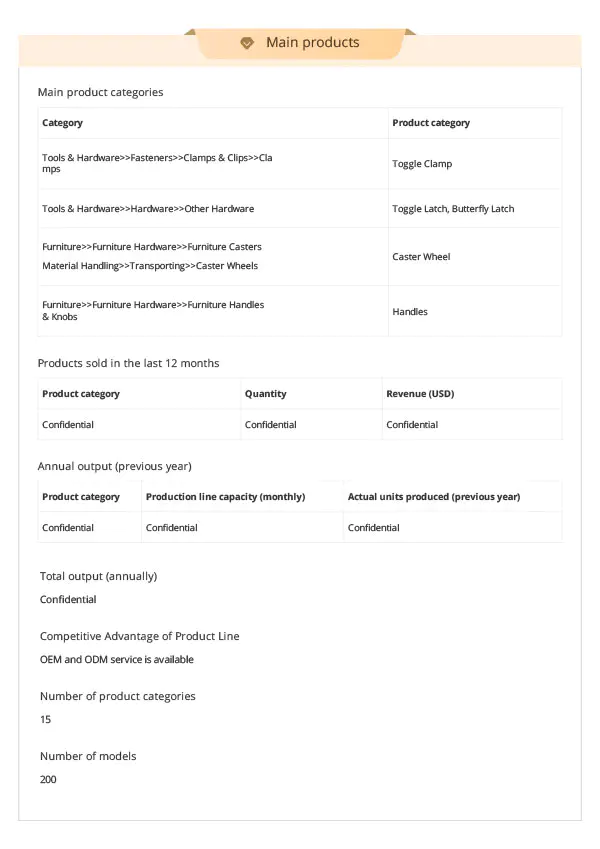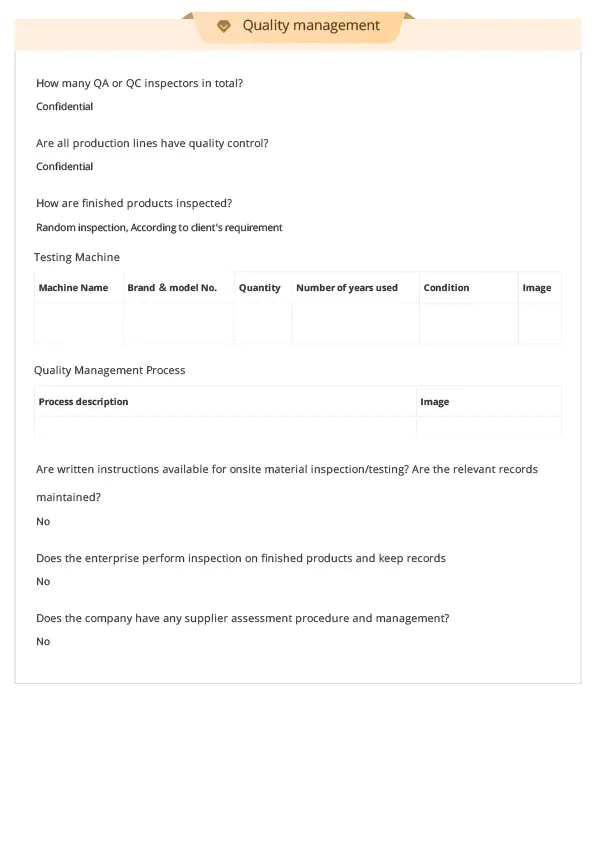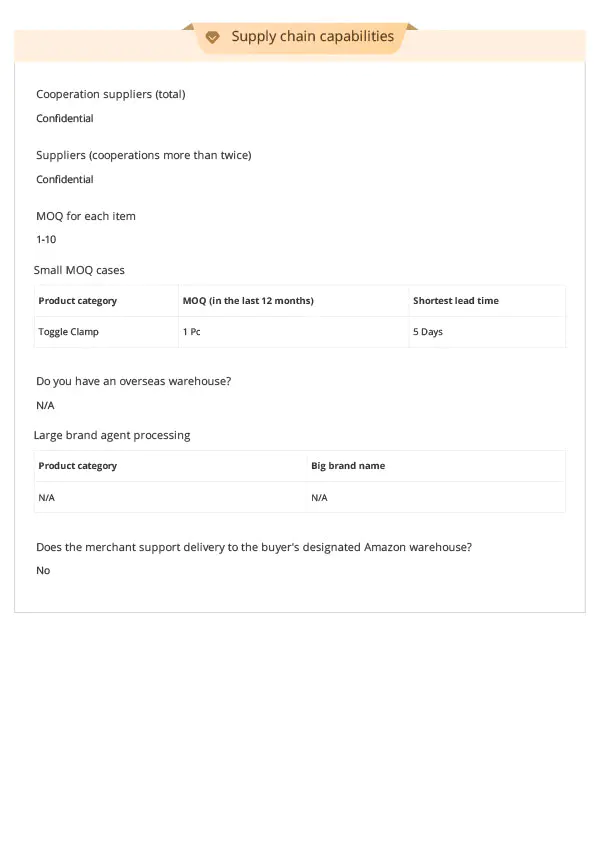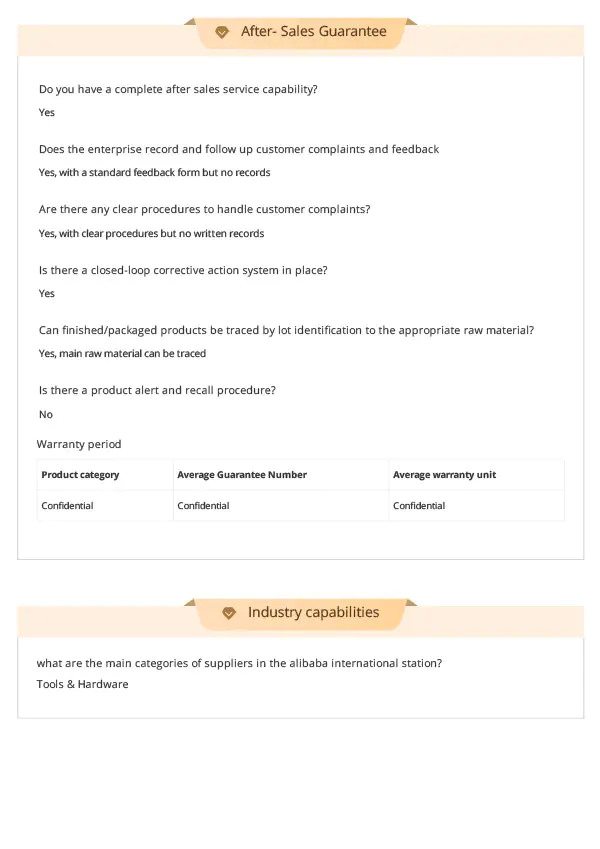
-
2010
Founded In 2010
-
15,000m²
15000m ² Advanced Factory Building
-
2,800,000
Annual Shipment Volume Of 2800000 Packages
-
43+
43 Factory Employees
If you would like to learn more about our products, please feel free to contact us and we will do our to assist you.
-
1. Material composition: A variety of steels give diverse performances The main material of Steel J...
READ MORE -
Assembly process of rivet quick lock puller The assembly of Rivet Quick Latch Buckle Puller Latch...
READ MORE -
1. Strictly follow the assembly criteria of design requirements The assembly of the horizontal togg...
READ MORE -
Sturdy engineering plastic lightweight arm: the perfect combination of strength and lightness The...
READ MORE -
As a common carbon structural steel, A3 steel has certain advantages in strength, plasticity and we...
READ MORE
How are flightcase ball corners typically attached to the case?
Flightcase ball corners are typically attached to the case using a combination of screws and rivets. Here's a general process:
1. Drilling: Holes are drilled into the case at the corners where the ball corners will be attached.
2. Screwing: Screws are inserted through the holes in the case and into the threaded holes of the ball corners. This secures the ball corners to the case.
3. Riveting: In some cases, rivets may be used in addition to screws for extra strength and to prevent the screws from loosening over time. Rivets are inserted through the case and the ball corner, and then the ends are flattened to secure them in place.
4. Adhesive: Sometimes, adhesive may also be used in conjunction with screws and rivets to ensure a strong bond, especially if the case is made of materials that are difficult to screw into, like plastic or certain types of wood.
5. Alignment: It's important to ensure that the flightcase corner ball are aligned properly with the edges of the case to maintain the structural integrity and appearance of the flightcase.
6. Final Check: After attachment, a final check is performed to ensure that all corners are securely fastened and that the case is ready for use.
How do I choose the right ball corner for my flight case design?
Choosing the right ball corners for your flight case design involves several considerations to ensure durability, functionality, and compatibility with your specific case. Here are some steps and factors to consider:
1. Case Size and Weight: The size and weight of your flight case will determine the strength and size of the ball corners you need. Larger and heavier cases require more robust ball corners to support the weight.
2. Material: Ball corners come in various materials such as plastic, metal, and rubber. Metal ball corners are typically more durable and can support heavier loads, while plastic ones are lighter and more affordable.
3. Load Capacity: Check the load capacity of the ball corners to ensure they can handle the weight of your case when fully loaded.
4. Compatibility: Make sure the ball corners are compatible with the design of your flight case. They should fit securely into the case corners and align properly with the case edges.
5. Molded or Screwed: Some ball corners are molded into the case, while others are screwed in. Molded ball corners are often more secure and provide a cleaner look, but screwed ball corners can be replaced if they get damaged.
6. Durability: Consider the environment in which the flight case will be used. If it will be exposed to rough handling or harsh conditions, opt for more durable materials and designs.
7. Aesthetics: The appearance of the ball corners should match the overall design and branding of your flight case. Some cases have ball corners that are designed to be visually appealing as well as functional.
8. Ease of Replacement: Consider how easy it is to replace the ball corners if they get damaged. Some designs allow for easy replacement, which can be a cost-saving feature in the long run.

 English
English Español
Español русский
русский